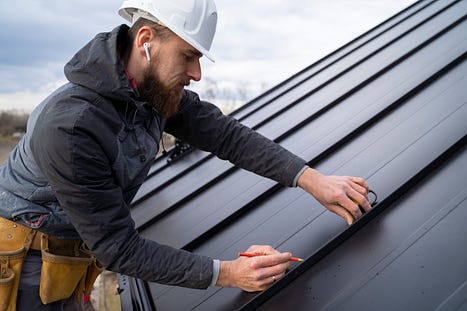The Science Behind Roof Leakage: What You Need to Know

Behind every pesky drip, there’s key science critical for solving the mystery. While JC Roofing handles the technical details so you don’t have to, understanding basics helps assess your risk and response needed for peace of mind.
How Water Sneaks Through Tiny Openings
Let’s start with important water physics. Believe it or not, leakage requires only minor vulnerabilities. Water molecules easily split and stream single-file through microscopic gaps. Just a bit of capillary action exerting adhesive intermolecular attraction enables seepage.
So even if your roof looks intact, minuscule holes along any penetration points or connections still provide plenty of space for water to infiltrate the interior. Making matters worse, molecules often transport debris that enlarges entry points once inside.
Gradual Spread Via Absorption & Accumulation
While the initial breach triggers leaks, gradual absorption and accumulation concepts explain enlarging moisture patches. Water infiltrates porous roofing materials through capillary action along microscopic fibers and cracks.
Like a paper towel, components such as sheathing, underlayment and insulation soak up then transfer moisture considerable distances over hours or days. Excess water has nowhere to go but sideways and down once reaching absorption capacity. Thus, additional precipitation causes lateral spreading and interior penetration over time.
Understanding leakage mechanics aids early intervention before major headaches. Let JC Roofing experts assess your roof risks, recommend robust solutions and proper maintenance for uncompromised protection backed by science.



Comments
Post a Comment